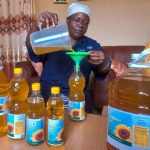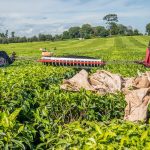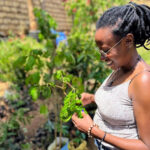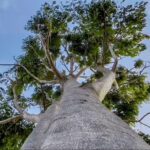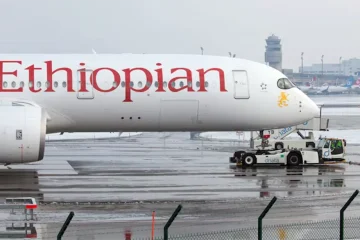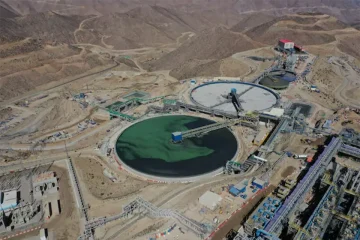AS Brenda Naharanga weeded her two-acre farm in the Ikonyero area of Kakamega County in western Kenya, she explained that were it not for a local savings and credit cooperative society, she would not own the farmland she stood on.
On it, she has put up a two permanent bedroomed house. She has also planted maize for the short rain season and some indigenous vegetables which she sells to local schools.
“For a long time, I had yearned to own a property, either a piece of land or a commercial apartment but with meagre salaries and the high cost of living, I always deferred that dream from my “To Do” at the beginning of every year when drafting my goals for that year,” Naharanga said.
Naharanga’s dream seemed far-fetched as a career journalist with a low income. However, this changed with a chance visit to a friend’s home.
“I went to see a friend of mine and admired her lifestyle. She seemed not to be struggling in life and when I inquired of the secret behind the success I was seeing, she told me that, she saves with a local Sacco that gives five times in loans of a member’s share capital with a favourable interest rate compared to what commercials banks were offering,” she added
In Kenya, a Sacco is a savings and credit cooperative organisation, a type of savings highly popular with unbanked participants in the informal sector and rural communities. After the visit, Naharanga joined Invest and Grow (IG) Sacco Society Limited, a savings and credit cooperative located in the heart of Kakamega.
“I used to make monthly savings of at least 5000 shillings (U$33.60 dollars). After saving for a year, I saved about 100, 000 shillings (US$668.67 dollars). I went to the Sacco management and gave them my plan. They gave me a form to get at least five guarantors who were members of the Sacco and when they agreed to guarantee me, the Sacco advanced 500,000 shillings (US$3,343.36 dollars) to my account,” said Naharanga.
A long history
IG Sacco came into existence 46 years ago and was initially registered as Kakamega Teachers (Kateco) Sacco.
It was formed by a group of 115 teachers, employees of the Teachers Service Commission (TSC) who were seeking to access affordable financial services like cheap loans and mortgages on affordable terms.
In Kenya, Saccos are registered under the Ministry of Cooperatives and Micro, Small and Medium Enterprises (MSMEs) Development. A Sacco is authorized to take deposits from and lend to, its members.
In practice, a Sacco accumulates individuals’ savings, provides loans and invests in financial securities or real estate. Saving with a Sacco is different from a bank because there are no charges attached to the savings but a member’s savings earn dividends annually. Members cannot access their savings unless they terminate their membership or obtain credit.
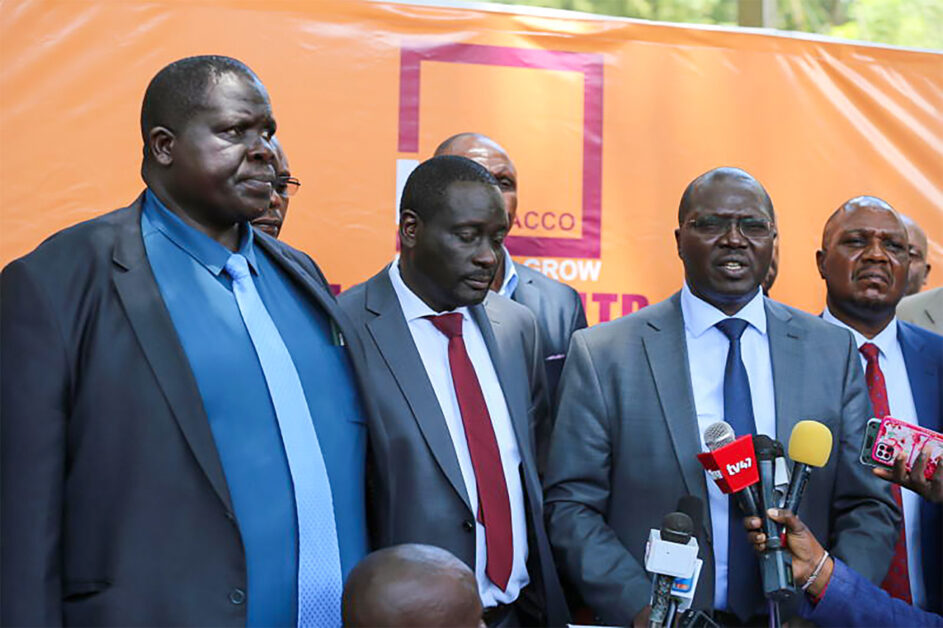
During the initial stages, the IG Sacco underwent financial challenges that threatened its existence, but upon its rebranding – opening doors to locals from other professions to join it – in 2015, it metamorphosed into a giant Sacco.
According to the Cooperatives and Micro, Small and Medium Enterprises (MSMEs) Development Cabinet Secretary, Simon Chelugui, the entity is today ranked the 7th-best deposit Sacco nationally.
“They are a good example of how a cooperative society can transform lives. Amidst tough economic times, the Sacco has remained resilient and truthful to its members,” Chelugui said, adding that well-run Saccos in the country “give me hope”.
According to the country’s Sacco Societies Regulatory Authority (SASRA) savings cooperatives have a consolidated asset base of at least 1.5 trillion shillings (over US$10 billion) and a loan portfolio of 900 billion shillings (US$6 billion), with a membership base of some 14 million active savers.
“The cooperative movement is an ideal vehicle to ensure success towards financial inclusion to many people who cannot access financial services from banks and other conventional institutions,” Chelugui said.
IG Sacco’s Chairman, Kennedy Keya, speaking during the launch of the organisation’s latest five-year strategic plan, said that changing the Sacco’s rules to allow for wider membership had been transformational.
“From a membership of 20,763 active in 2017 to 33,724 active members in 2023, the Sacco is setting its sights on new heights in our new strategic plan,” he disclosed.
The Sacco has an asset base of 13.2 billion shillings (US$89.5 million) and a loan portfolio of 9.8 billion shillings (US$ 66.4 million).
“The move to rebrand the Sacco and allow more members from other professions to save with us was a blessing… The Sacco is now a stable and superior brand that has seen us weather many storms but still providing financial solutions to our members,” Keya said.
It was a blessing, too, for Naharanga. Combining money from the Sacco with other savings to purchase her two-acre piece of land, she is planning to borrow from the cooperative for other expenses again in the near future.
“The repayment period is very flexible; you can opt to take a shorter or a longer repayment period depending on your income. I have since repaid the loan and am planning to take another one next year for (the) tuition of my children who will be joining secondary school,” Naharanga explained.


